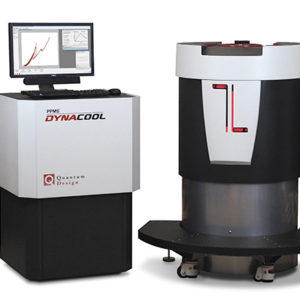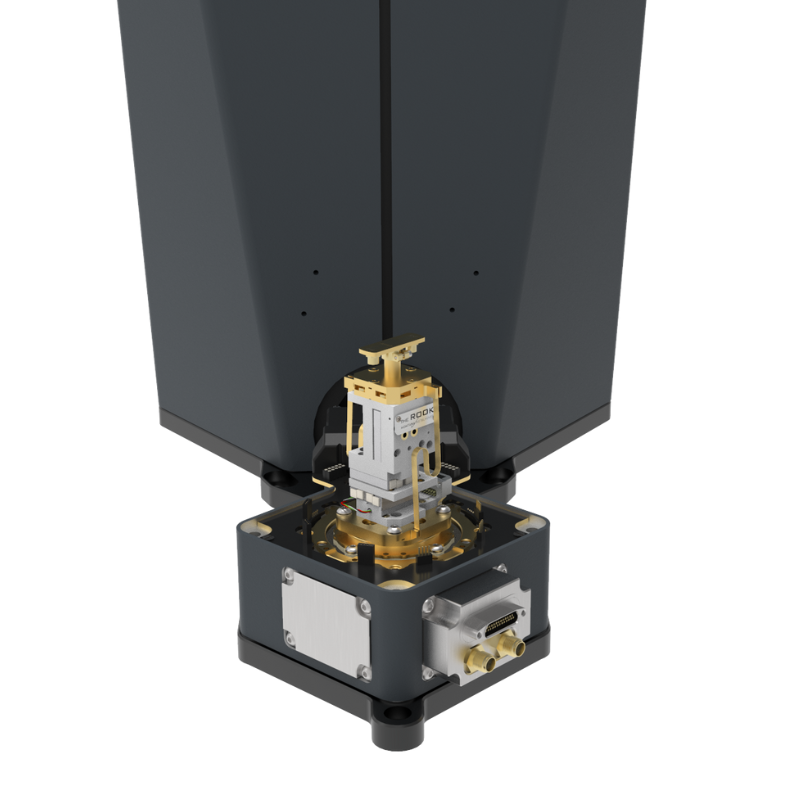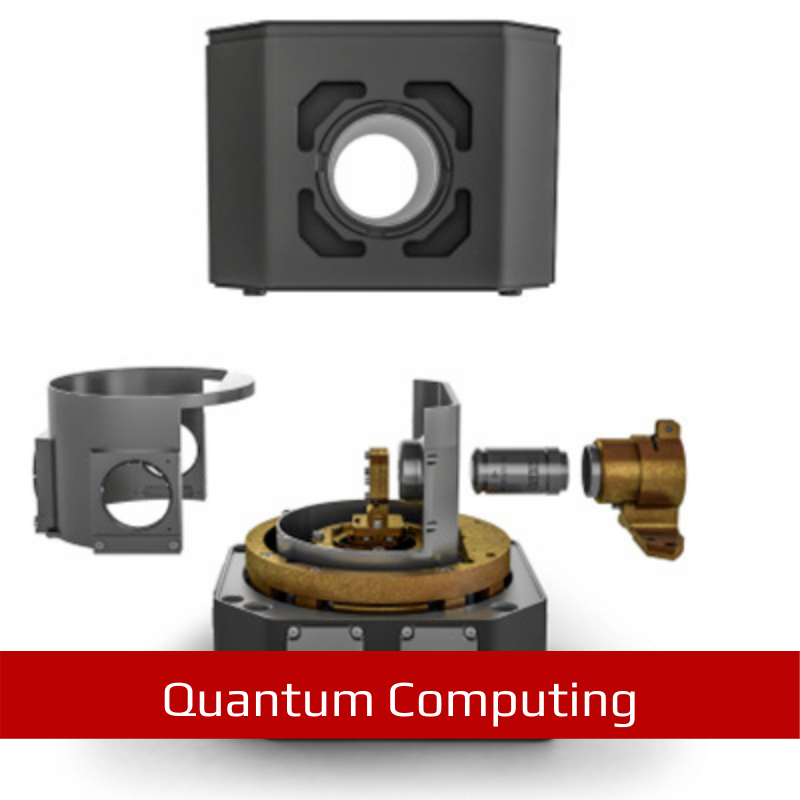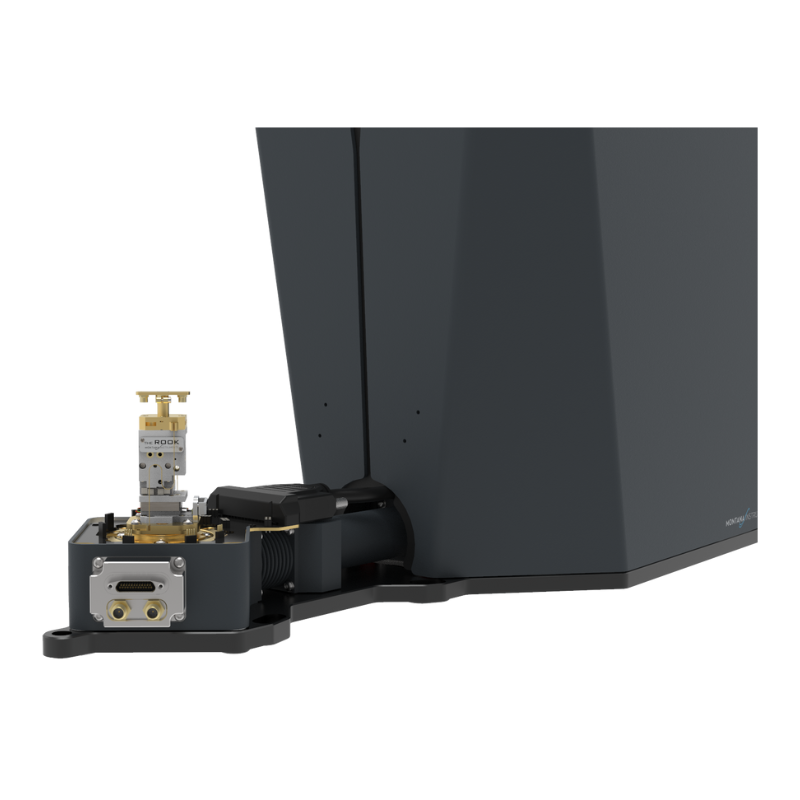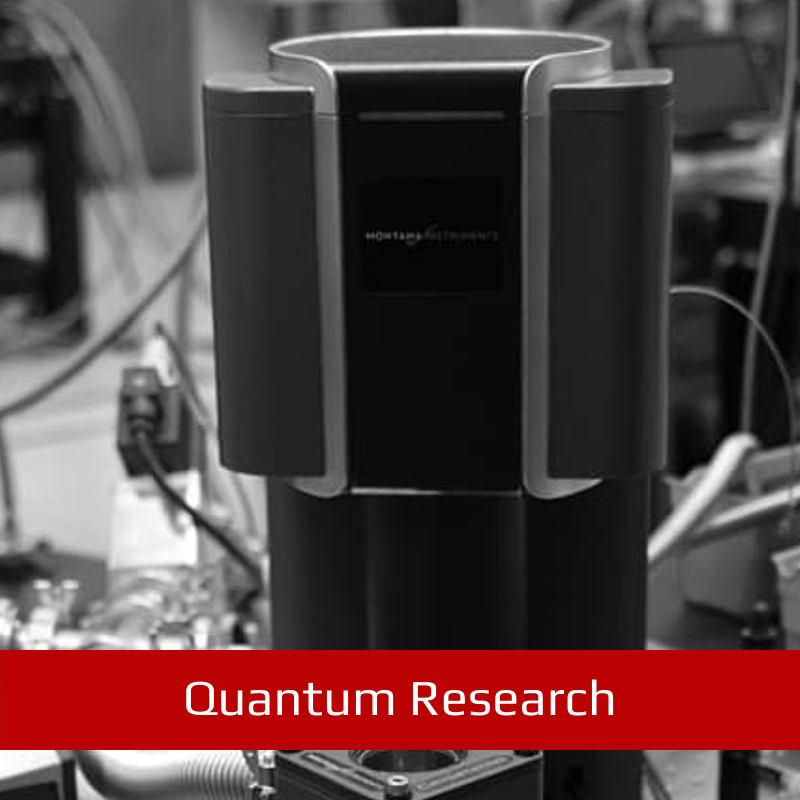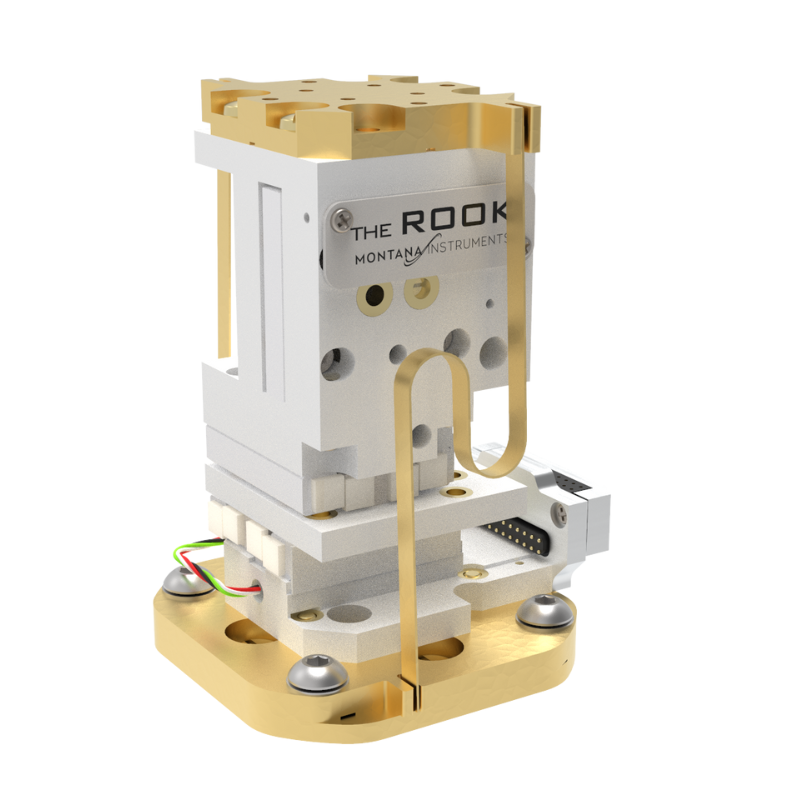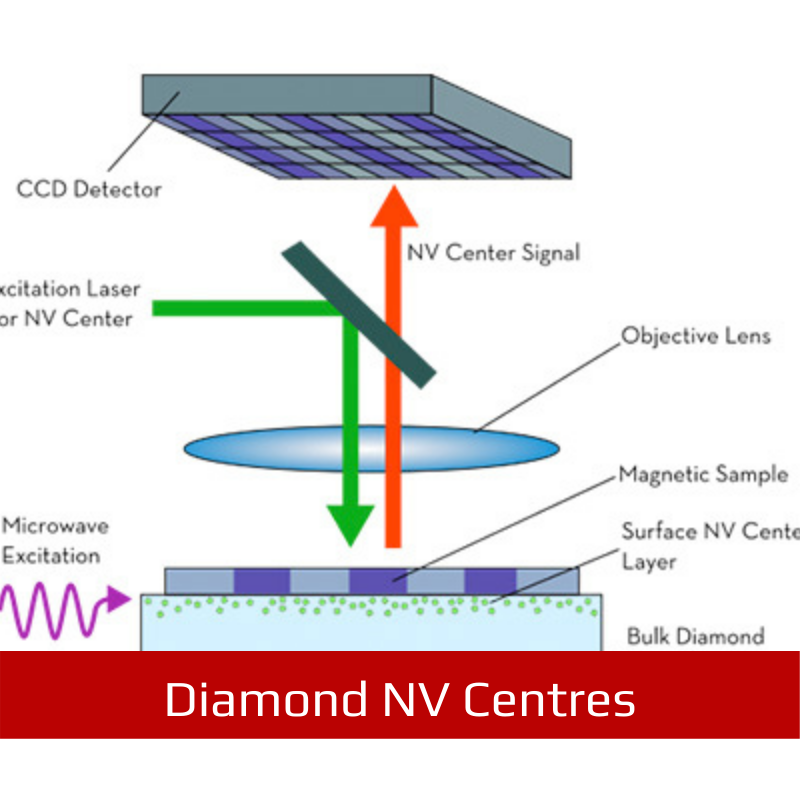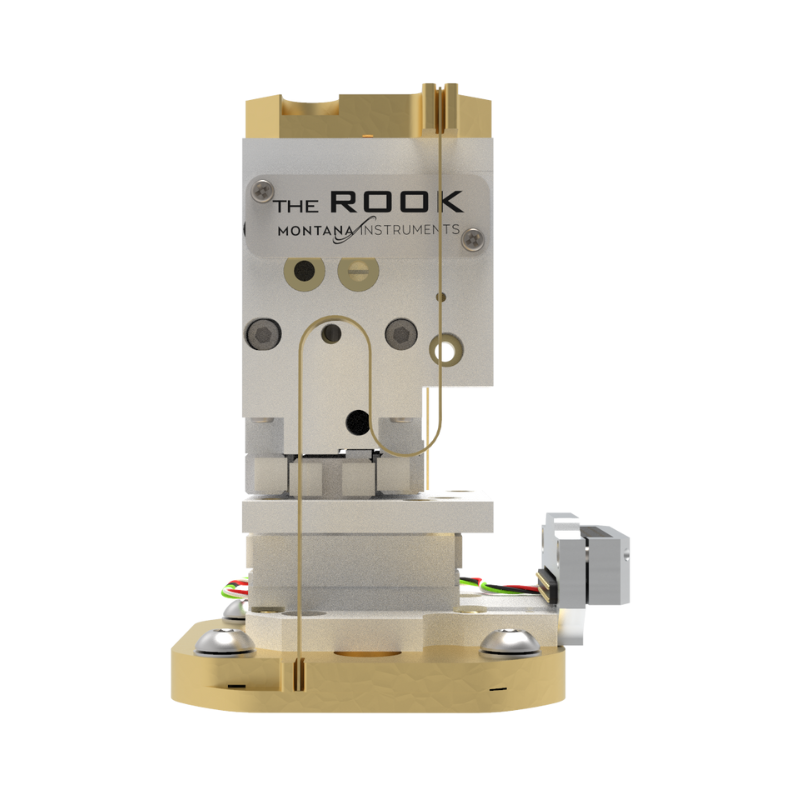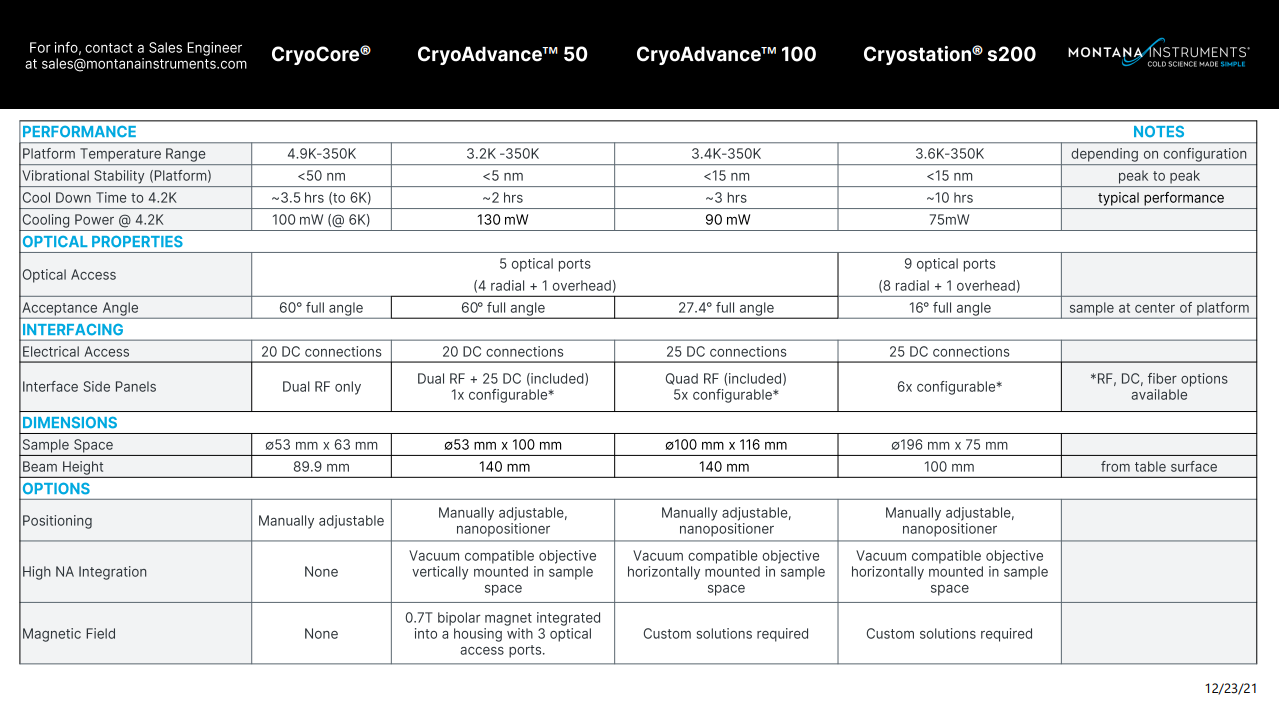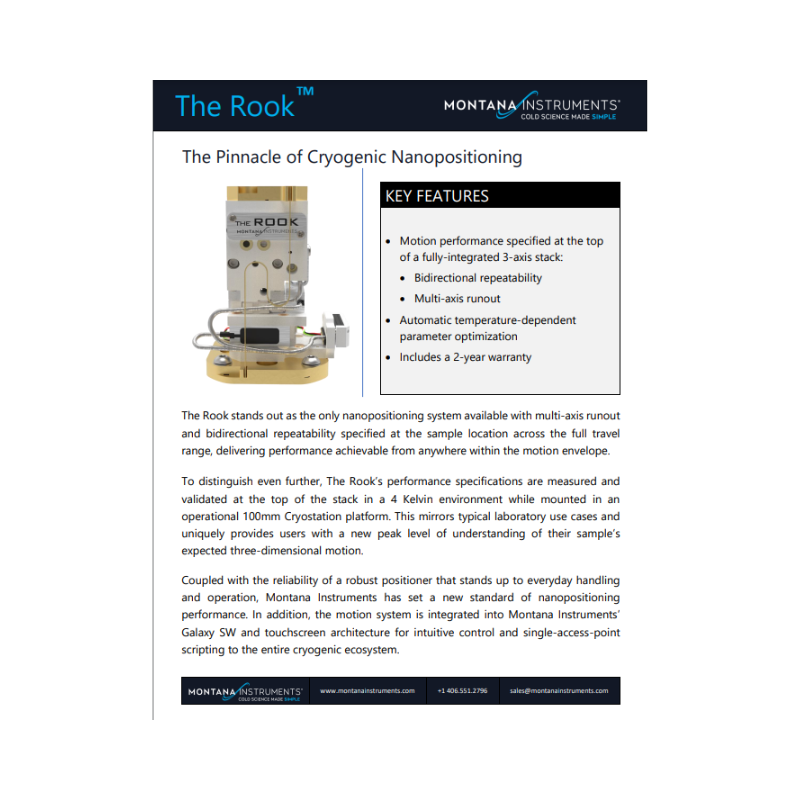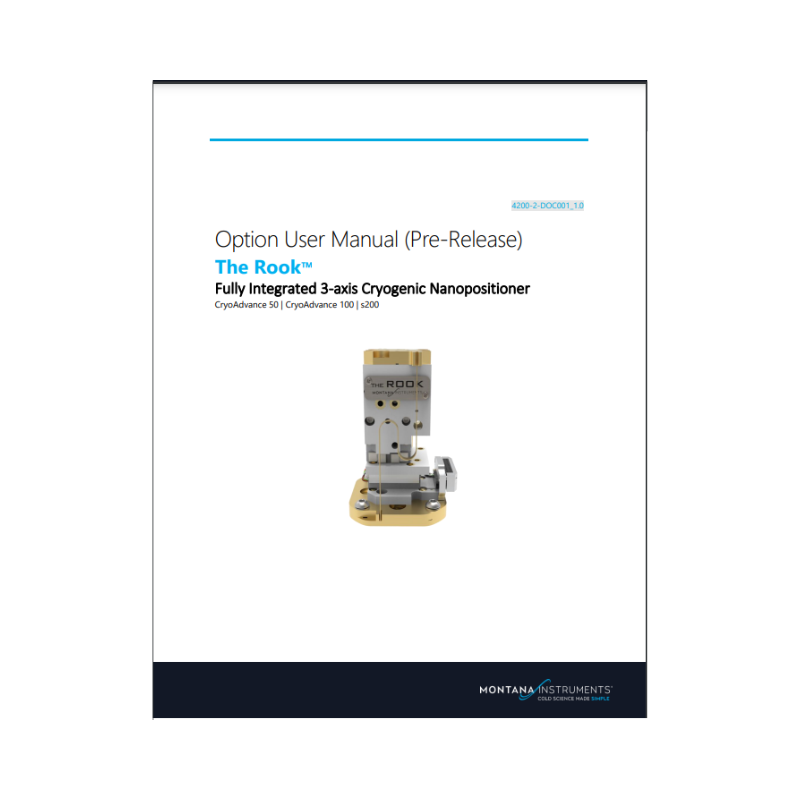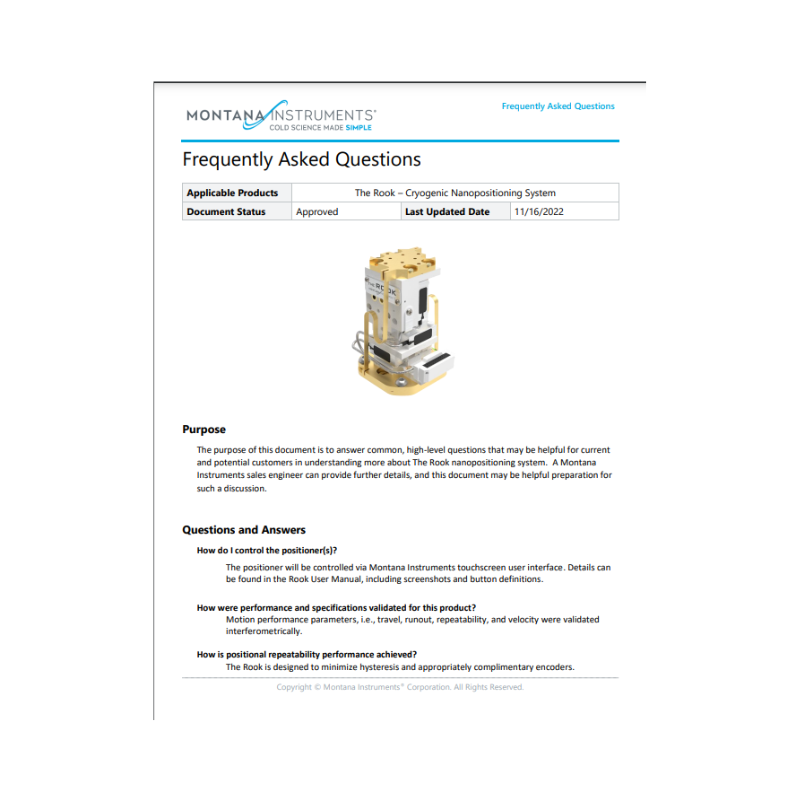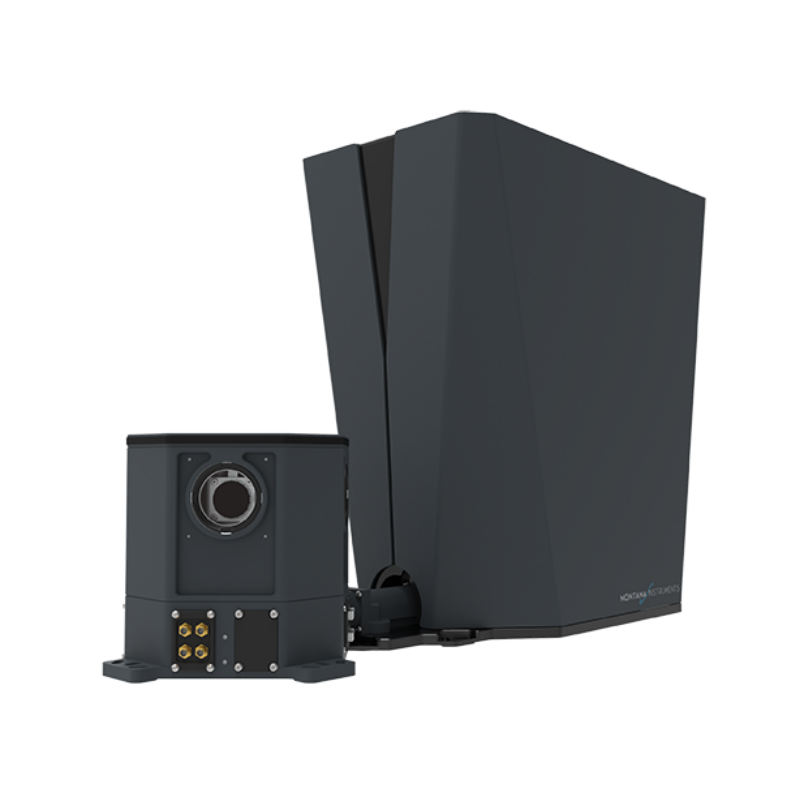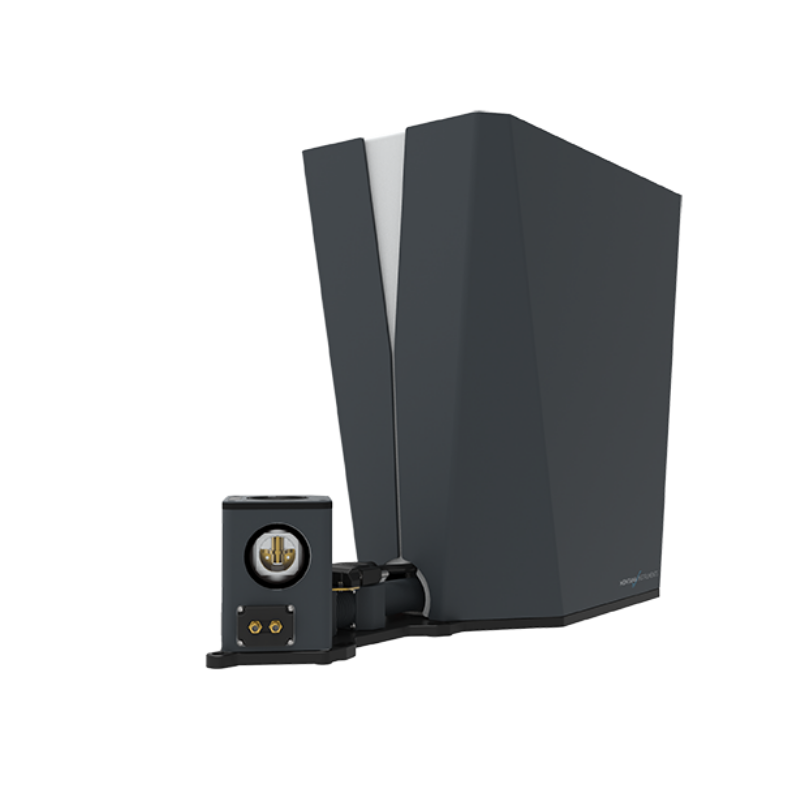- Features
- Specifications
- Downloads
- Applications
- Related Products
- Back To Spectroscopy
- Back To Optics
- Back To Hyperspectral
- Back To Cameras
- Back To X-Ray
- Back To Light Measurement
- Back To Characterisation
- Back To Electron Microscopy
- Back To Magnetometry
- Back To Ellipsometers
- Back To Cryogenics
- Back To Lake Shore
Montana Instruments The Rook™ Cryogenic Nanopositioner
A fully integrated 3-axis cryogenic nanopositioner
The Rook™ is a 3-axis (XYZ) piezo-driven nanopositioning system constructed of ceramic and titanium.
What makes The Rook™ stand out from the competition is that all performance specifications have been measured and validated at the top of the positioner in a 4 Kelvin vacuum environment while mounted in an operational 100 mm Cryostation® platform – the same conditions in which customers would typically use it.
To distinguish even further, The Rook™ is the only positioning system available with bi-directional runout and multi-axis repeatability specified across the full travel range, which means this performance is achievable from anywhere within the motion envelope. With this performance and metrology comes the most complete and accurate expectation of a sample’s three-dimensional motion of any cryogenic nanopositioner on the market today.
The Rook™ is available as a factory-integrated option on all Montana Instruments configurable cryostats and includes best-in-class thermal links and a two-year warranty. Specifically designed for use in the CryoAdvance™ workhorse cryostat, it can also be utilised in the Cryostation® s200, which is Montana Instruments’ largest and most versatile closed-cycle cryostat.
Say hello to the new standard for cryogenic nanopositioners
FEATURES
- Optimised motion control – Key performance attributes measured and specified at the top of the positioner to give users the most accurate representation of sample motion.
- Freedom and flexibility – Excellent multi-axis runout and bi-directional repeatability provides freedom to move as needed with high precision.
- Enhanced equipment up-time – Montana Instruments’ robust and reliable positioner design stands up to typical handling and operation to keep your experiment up and running.
- Fully integrated with Galaxy software control – Built-in Galaxy software provides an intuitive interface, remote control and monitoring, and the simplicity of a single scripting target for the entire cryogenic ecosystem.
- Plug-and-play sensibilities – The system automatically adjusts motion parameters based on platform temperature so users don’t have to make voltage adjustments each time they change environment temperature.
- Unmatched temperature stability – Equipped with best-in-class thermal links to maximise temperature stability and cooling power at the sample.
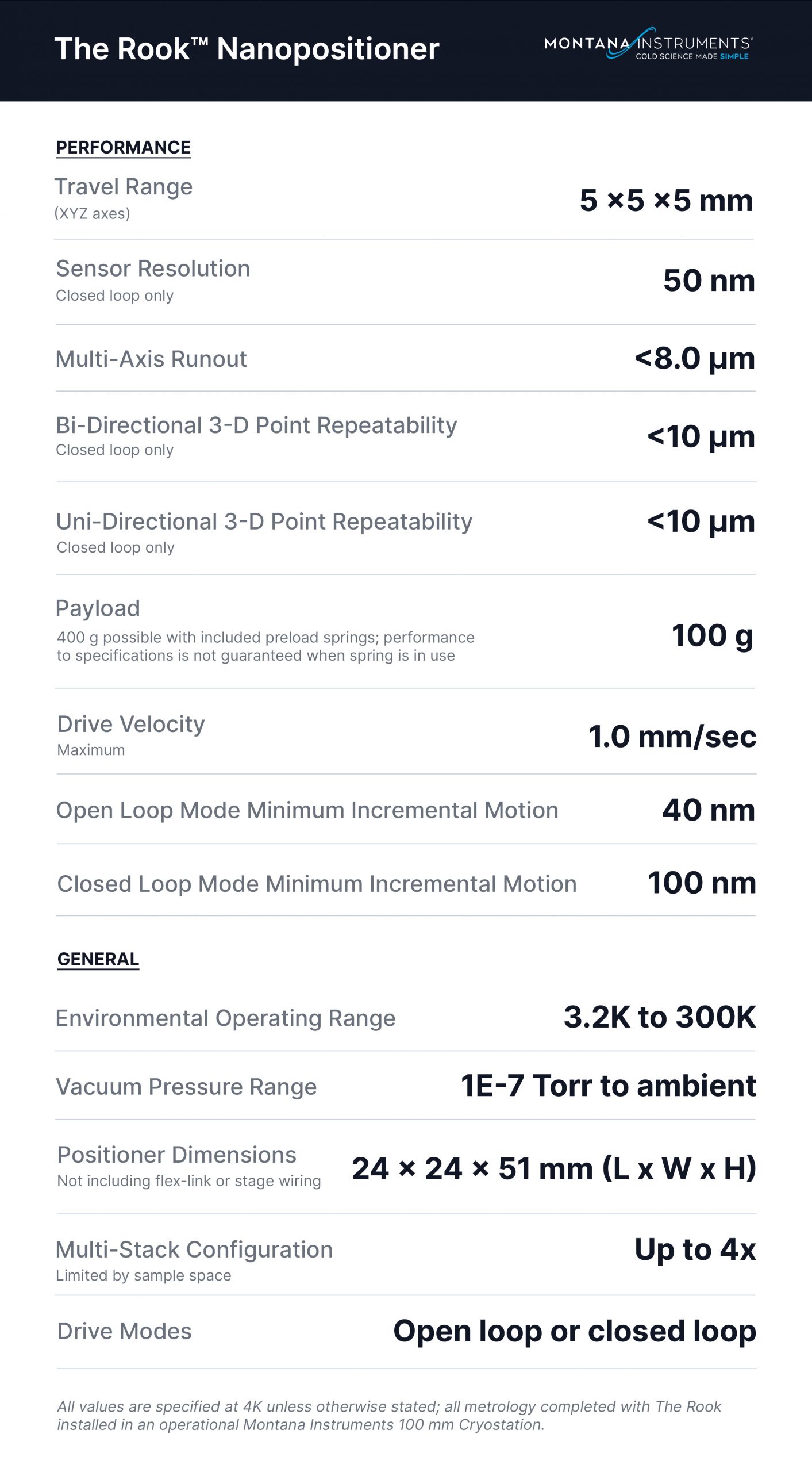
–
TESTIMONIAL
“Most impressive is the closed loop repeatability. With The Rook™, you always know where you are, where you are going, and that you can make it back to your home position repeatably and safely.”




